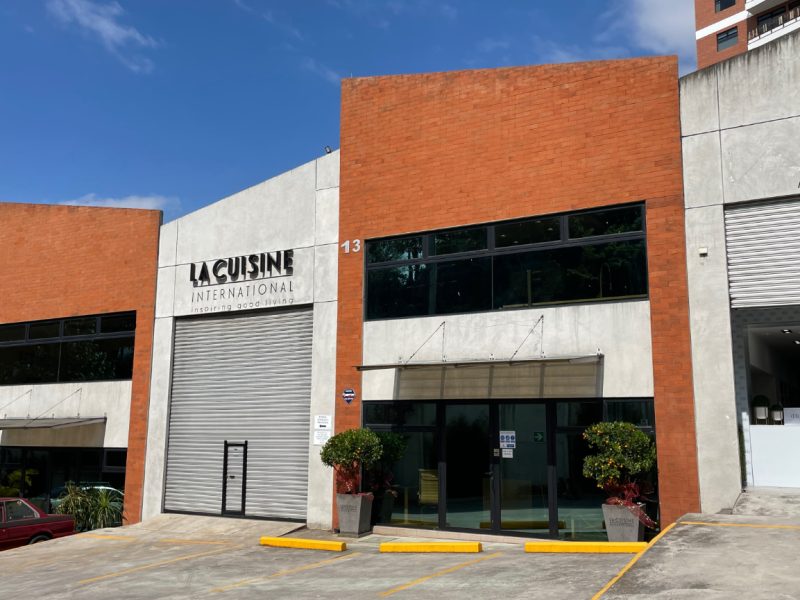
Our Company
Locations
Contact Us
Newsletter
Sign up to receive email updates on the latest products, collections and campaigns.
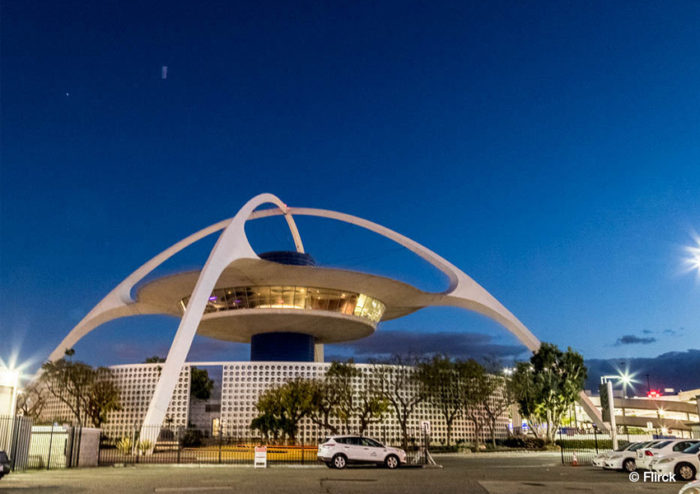
Googie architecture is a style that had center stage for many years. Sharp-edge ceilings, geometric shapes, glass, and the use of neon gave character to the structures of American cafes and restaurants in the 50’s and 60’s, a time when it seemed to be an example of the modernism it would bring.
However, most architects don’t consider what is “Googie” as an architectural style, and thus it is generally classified as a post-modern and whimsical form of architecture. This architectural style, so to speak, originated in Southern California and it was named after a cafeteria designed by architect John Lautner. The name of the cafeteria was Googie’s and it was located between Sunset Boulevard and Crescent Heights in Los Angeles until the 80’s.
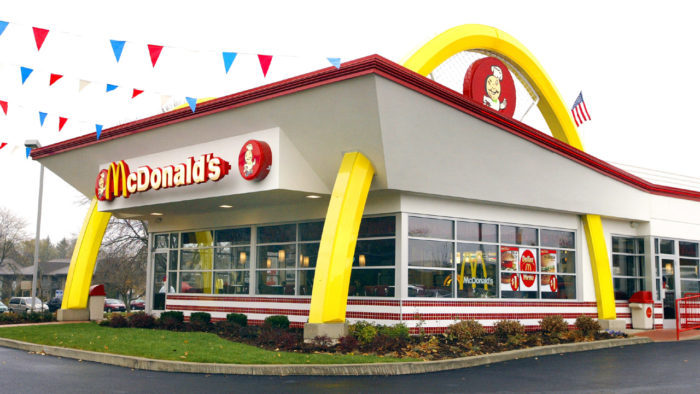
McDonald’s, the first Googie
Unlike other architectural trends, Googie architecture is not about creating personalized homes for wealthy people, but average buildings that could be used in everyday life. In fact, the first Googie building was a McDonald’s built in Downey in 1953, which by the way it is the oldest restaurant of the famous fast-food chain.
An interesting fact is that its designers incorporated the famous golden arches shaped as an M to the structure of the building, providing an eye-catching exterior that could be easily seen from the highway. A typical Googie characteristic.
This first McDonald’s was designed by Stanley Clark Meston, a business architect from Fontana who specialized in automobile shows and used to work for Wayne McAllister, the father of Googie architecture.
LAX the Googie building that challenged time
There is no doubt that the Lax Theme Building, which resembles a UFO, is one of the important Googie milestones. This circular structure of unusual shape is frequently confused with the LAX control tower. The building, which is a representation of “The Jetsons” for the residents of Los Angeles, throughout the years became a symbol of LA as emblematic as the Hollywood sign itself.
In terms of architecture, the Theme Building -that was designed by the studio Pereira & Luckman- represents part of an important expansion of the postwar at the airport and a reduced version of an original vision. The original LAX is a large glass dome that worked as the neuralgic center for the terminal buildings and the parking lots structures.
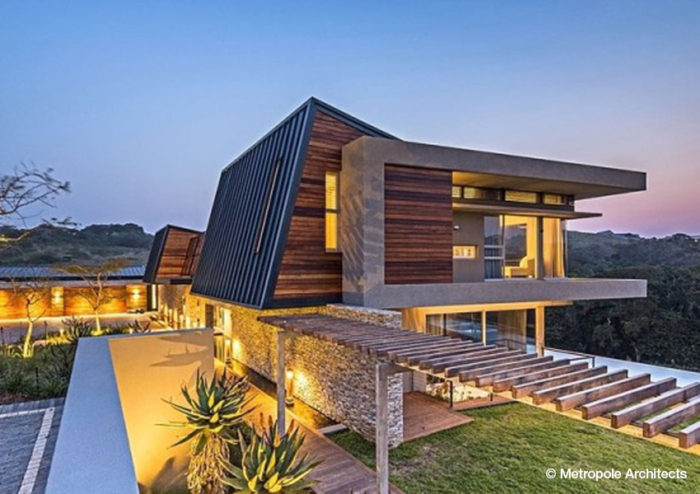
The return of Googie
It seems that everything comes back in fashion and architecture, and for that reason, it didn’t come as a surprise when the studio Metropole Architects designed Albizia House in South Africa, inspired by “Googie” architecture. The modern home was designed by the architects with the clear objective to design a family home that, at the client’s request, had to exhibit simplicity with a degree of sophistication as its main goal.
These architects took symbolic “Googie” shapes that include motion design, upswept ceilings, curved geometrical shapes and the daring use of glass, steel, and neon to include them in Albizia House, turning the home into a renewed version of this futuristic architectural style. Who knows, perhaps the allure of the atomic era comes back from the past and becomes the vintage charm that is taking over everywhere.

Sign up to receive email updates on the latest products, collections and campaigns.
Carrera 9 Nº80-45
Bogotá D.C., Colombia
Monday to Friday: 11:00 a.m. - 07:00 p.m.
Saturday: 11:00 a.m. - 06:00 p.m.
(+571) 432.7408/7493
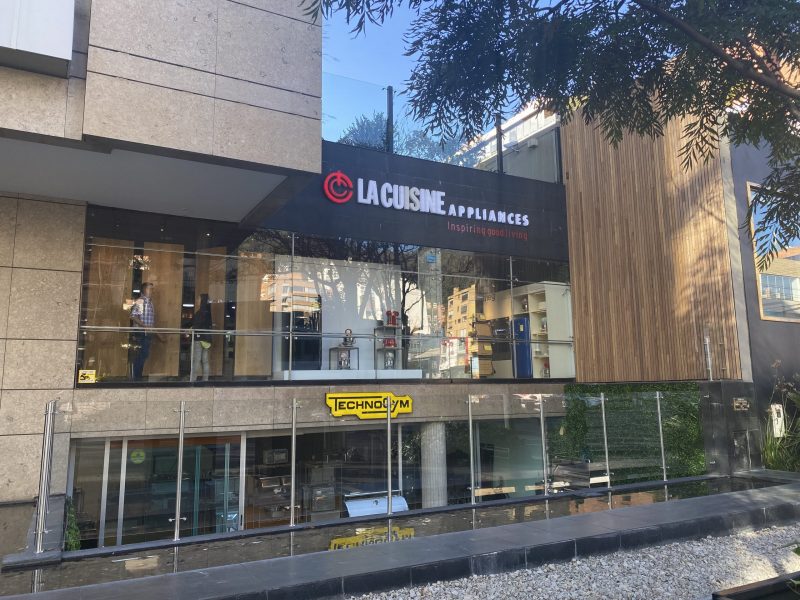
Calle 77 #72-37
Barranquilla, Colombia
Monday to Friday: 08:00 a.m. - 06:00 p.m.
Saturday: 09:00 a.m. - 01:00 p.m.
(+57) 605 352 0851
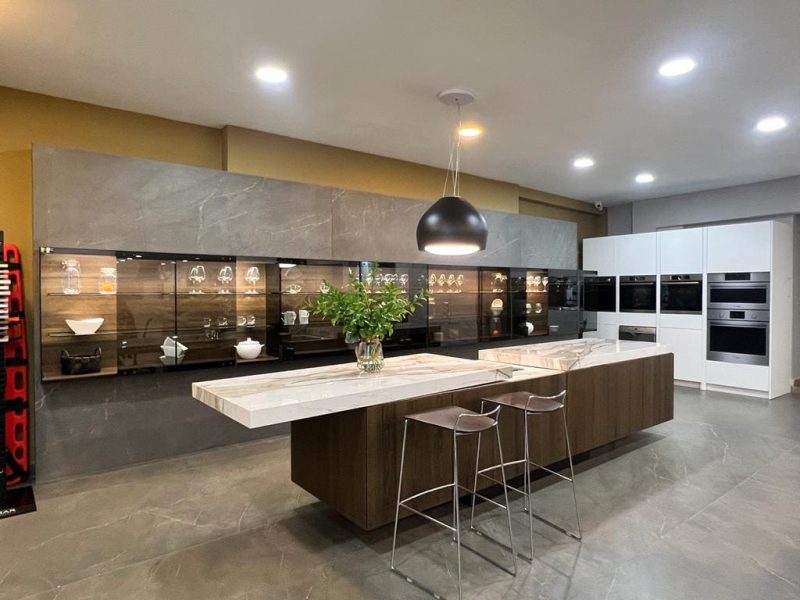
Edificio La Cuisine
Costado Suroeste, C.C. La Paco
Escazú, Costa Rica
Monday to Friday: 09:00 a.m. - 05:00 p.m.
Saturday: 10:00 a.m. - 04:00 p.m.
(+506) 4000.3555
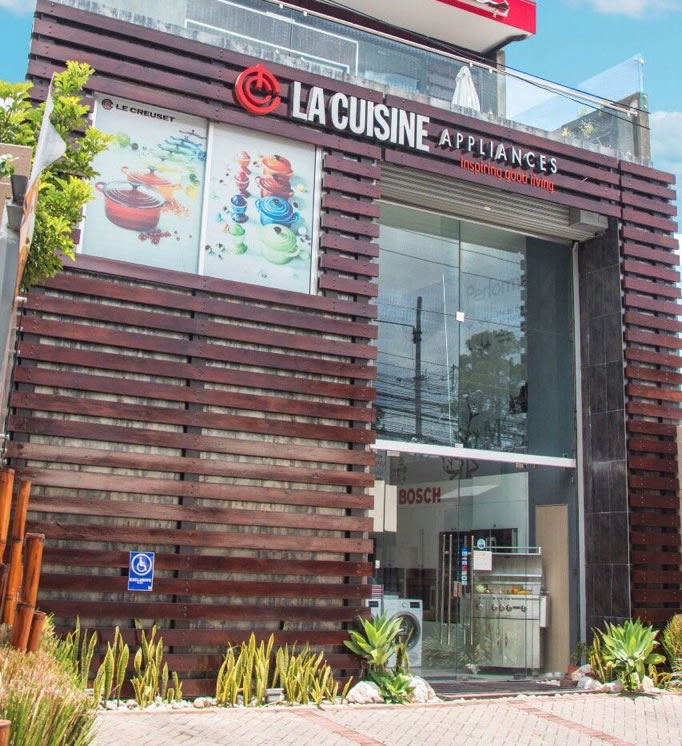
Galerías de Puntacana No. 51
Punta Cana, La Altagracia, R.D.
Monday to Friday: 09:00 a.m. - 06:00 p.m.
Saturday: 10:00 a.m. - 01:00 p.m.
(809) 378.9999
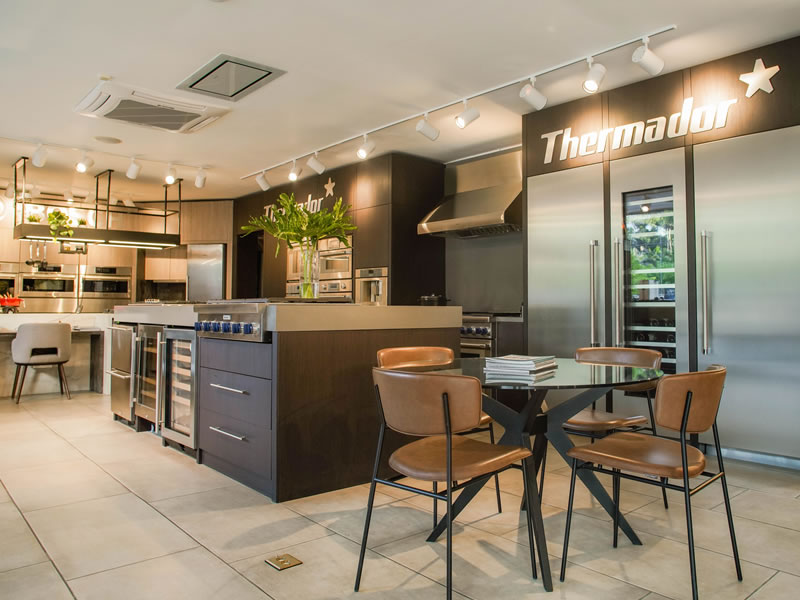
C/Rafael Augusto Sánchez No.22,
Piantini, Santo Domingo, R.D.
Monday to Friday: 09:00 a.m. - 06:00 p.m.
Saturday: 09:00 a.m. - 01:00 p.m.
(809) 378.9999
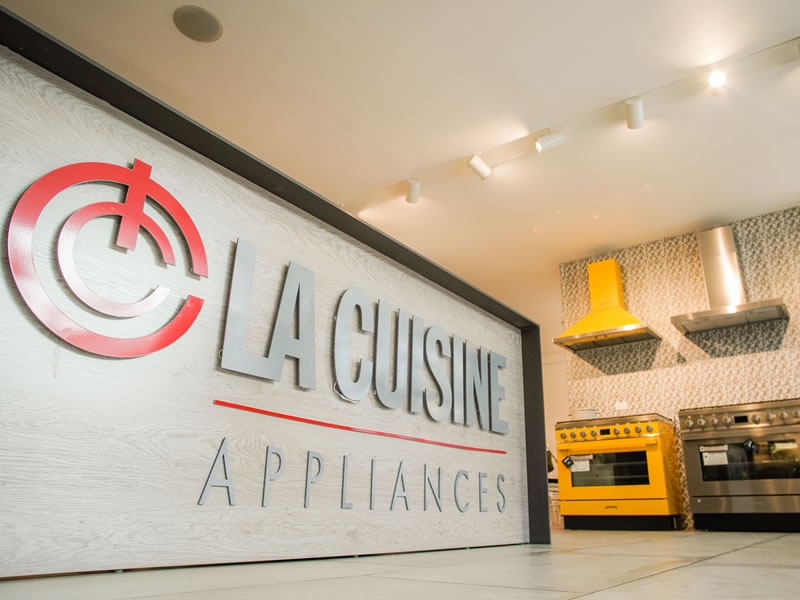
18187 Biscayne Bvld., Aventura
FL 33160
Monday to Friday: 10:00 a.m. - 06:00 p.m.
Saturdays by appointment.
(786) 322 5432
www.lacuisineappliances.com
sales@lacuisineappliances.com
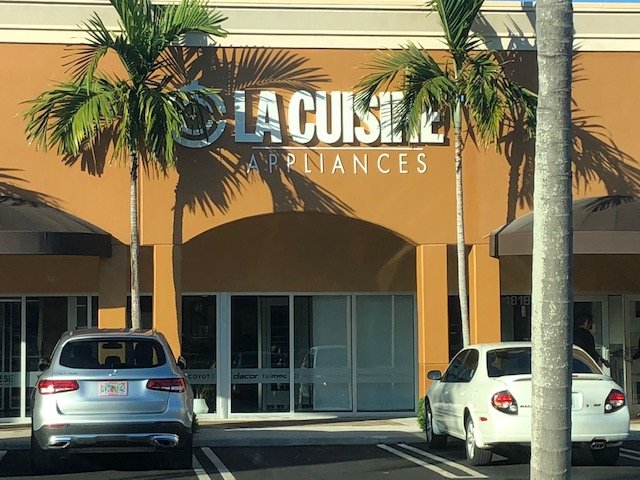
3232 Coral Way,
Miami FL 33145
Monday to Friday: 10:00 a.m. - 06:00 p.m.
Saturday: 10:00 a.m. - 03:00 p.m
(305) 442-9006
www.lacuisineappliances.com
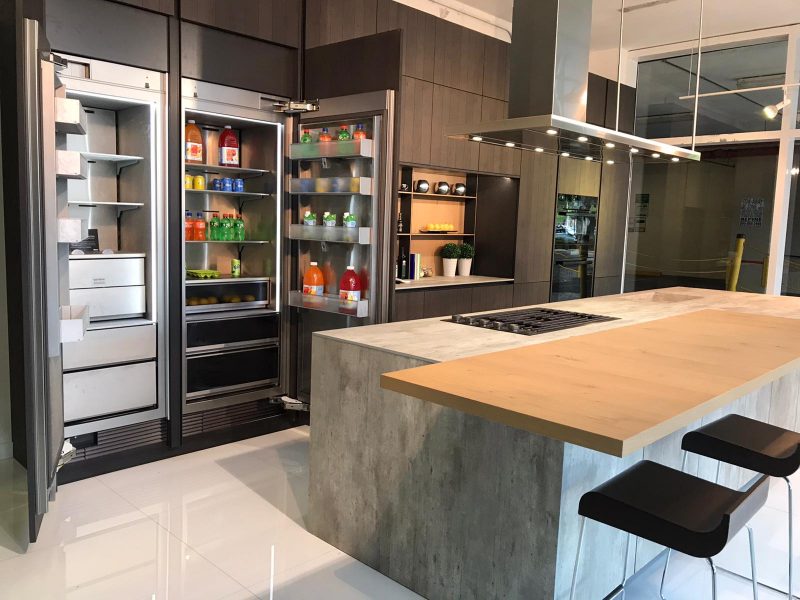
2005 NW 115th Avenue
Miami, FL 33172
Monday to Friday: 09:00 a.m. - 05:30 p.m.
Saturday: Closed
(+1) 305 418.0010
info@lacuisineinternational.com
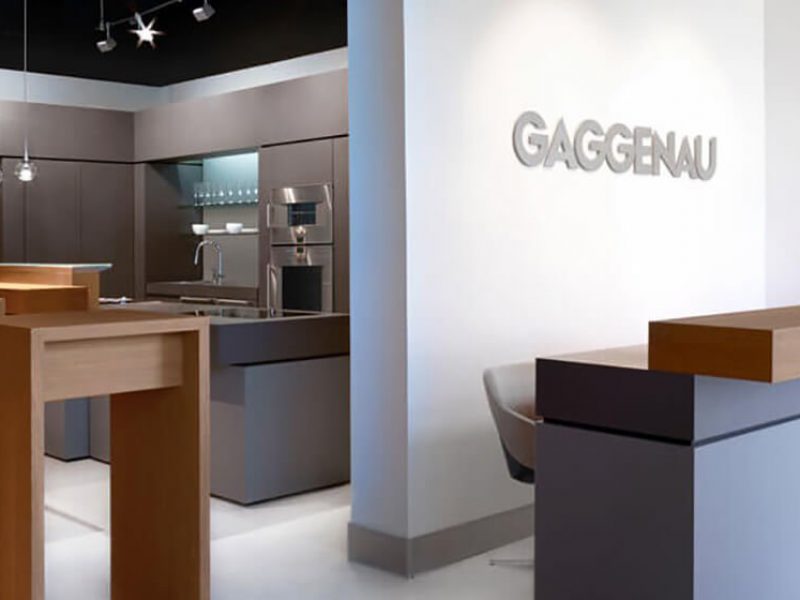
Obarrio. Av. Samuel Lewis,
Addison House Plaza,
Local No.11, Panamá
Monday to Friday: 09:00 a.m. - 06:00 p.m.
Saturday: 10:00 a.m. - 04:00 p.m.
(+507) 265.2546/2547
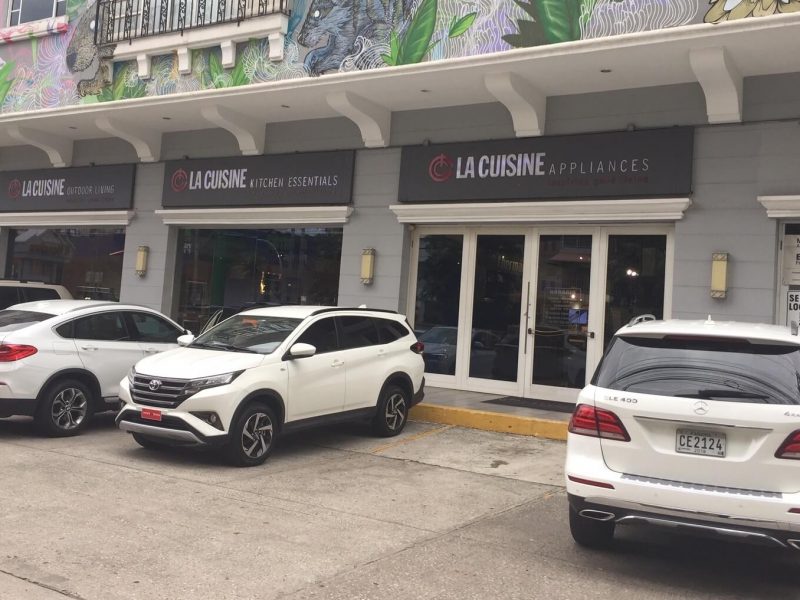
Av. Caminos del Inca 1603,
Santiago de Surco, Perú
Monday to Friday: 10:00 a.m. – 07:00 p.m.
Saturday: 10:00 a.m. – 01:00 p.m.
(+511) 637.7087

Centro Comercial San Ignacio, Nivel C, local No.5
Caracas, Venezuela
Monday to Saturday: 10:00 a.m. – 07:00 p.m.
(+58) 212 264.5252
(+58) 414 018.5352 (Wholesale)
ventas@lacuisineappliances.com
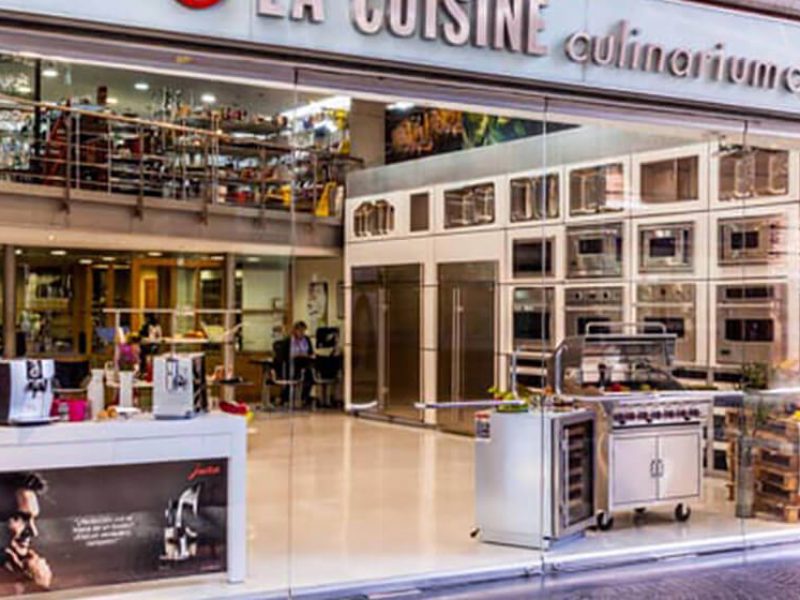
Complejo Pradera Ofibodegas No.13,
20 calle final Z. 10 Km. 6.8 Carretera a Muxbal,
Santa Catarina Pínula, Guatemala
Monday to Friday: 08:00 a.m. - 05:30 p.m.
Saturday: 09:00 a.m. - 12:30 p.m.
(+502) 6671-3400
